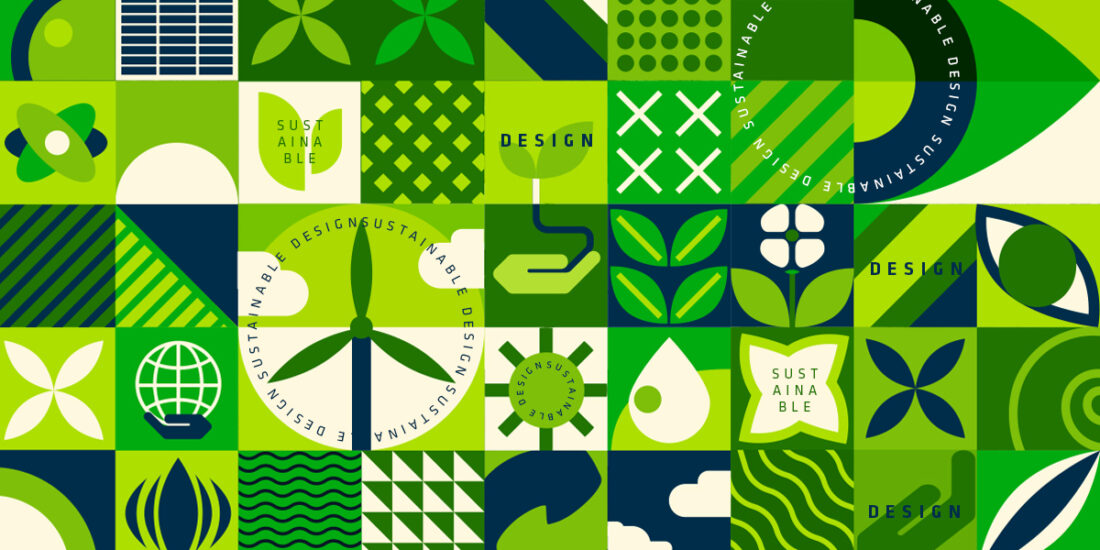In the ever-evolving landscape of digital design, a new ethos is taking center stage: Sustainable UX. Beyond creating visually appealing interfaces, designers are increasingly tasked with considering the environmental impact of their work. Sustainable UX represents a paradigm shift towards crafting experiences that not only delight users but also minimize ecological footprints.

At its core, Sustainable UX revolves around the principles of eco-consciousness and social responsibility. It encompasses a holistic approach that considers factors such as energy efficiency, accessibility, and ethical design practices. By integrating sustainability into the design process, we can create products and services that not only enhance user experiences but also contribute positively to the planet.
One of the key pillars of Sustainable UX is optimizing energy consumption. Design choices such as using lightweight assets, minimizing animations, and optimizing code can significantly reduce the energy required to load and interact with digital interfaces. By prioritizing energy-efficient design practices, we can minimize carbon emissions and contribute to a greener digital ecosystem.
Accessibility is another crucial aspect of Sustainability in UX. Designing with inclusivity in mind ensures that all users, regardless of abilities, can access and enjoy digital experiences. From implementing clear navigation structures to providing alternative text for images, accessibility-focused design enhances usability while promoting social equity.
Ethical considerations are also paramount in Sustainable UX. Designers must be mindful of the social and environmental implications of their choices, from sourcing sustainable materials to fostering diverse and inclusive representations. By aligning design decisions with ethical values, we can create products that positively impact both people and the planet.
In conclusion, Sustainable UX represents a shift towards designing with purpose and mindfulness. By embracing eco-consciousness, accessibility, and ethical practices, designers can leverage their skills to drive positive change and shape a more sustainable future. Let’s embark on this journey together, crafting experiences that not only enrich lives but also leave a lasting legacy of environmental stewardship.




